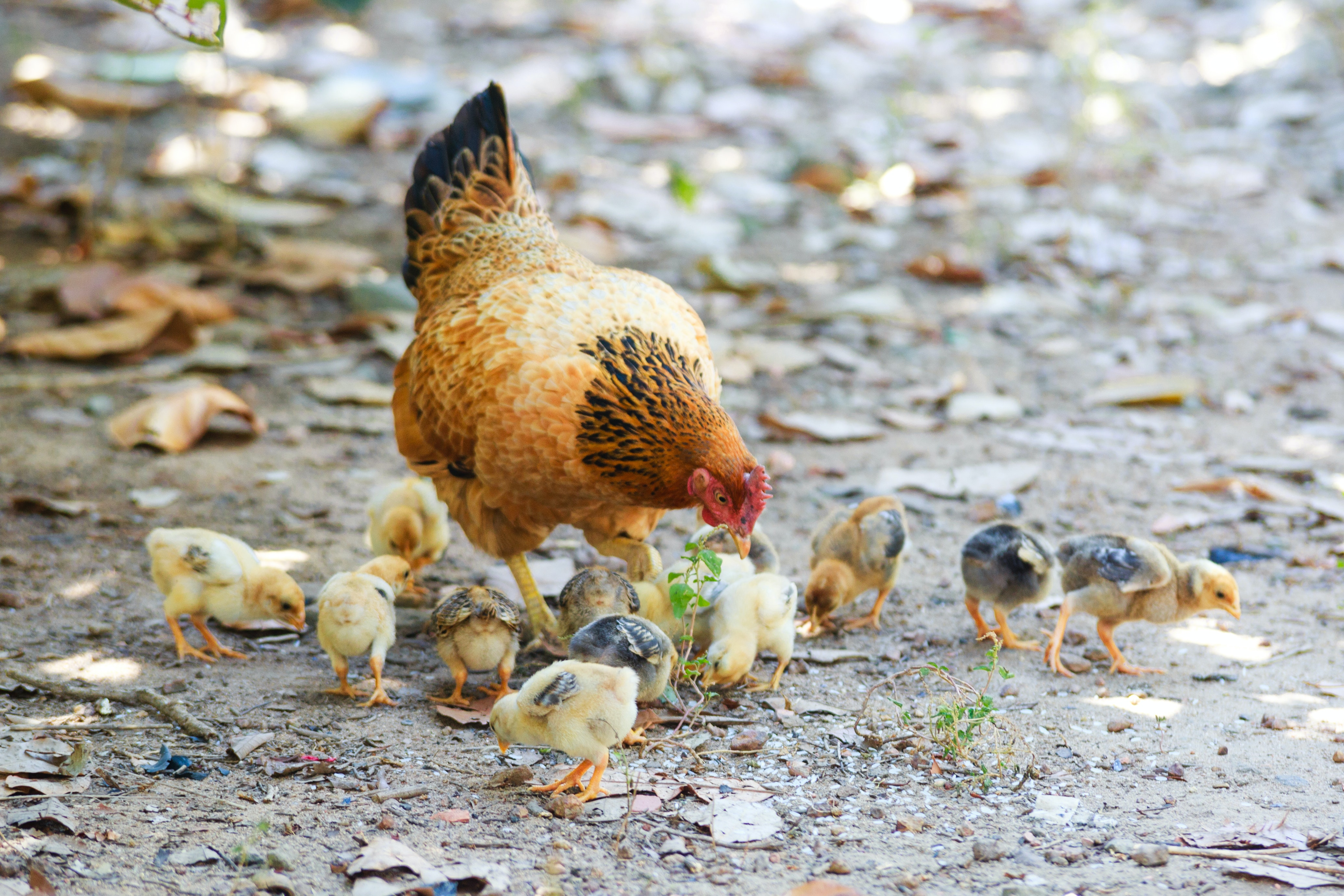BIRD FLU
Bird flu, also known as avian flu, is a viral infection that can infect not only birds, but also humans and other animals. Most forms of the virus are limited to birds only. H5N1 is the most common form of bird flu. It is fatal in birds and can easily infect human beings and other animals that comes in contact with the carrier. According to the World Health Organization, H5N1 was first discovered in humans in 1997 and has killed nearly 60 percent of those infected. At present, the virus isn’t known to spread via human-to-human contact.
SYMPTOMS
- Cough
- Diarrhea
- Respiratory difficulties
- Fever
- Headache
- Muscle aches
- Malaise
- Running nose
- Sore throat
RISK FACTORS
- A poultry farmer
- A traveler visiting affected areas
- Exposed to infected birds
- Someone who eats undercooked poultry or eggs
H5N1 occurs naturally in wild waterfowl, but it can spread easily to domestic poultry. The disease is transmitted to humans through contact with infected bird feces, nasal secretions, or secretions from the mouth or eyes. Consuming properly cooked poultry or eggs from infected birds doesn’t transmit the bird flu, but eggs should never be served runny.
PREVENTION
In some cases, bird flu can cause serious complications and death. As with seasonal flu, some people are at higher risk for serious illness. They include pregnant women, people with weakened immune systems, and adults 65 and older. Treatment with antiviral medicines may make the illness less severe. They may also help prevent the flu in people who were exposed to it.
One can minimize their risk by avoiding:
- Open-air markets
- Contact with infected birds
- Undercooked poultry
Be sure to maintain good hygiene and wash your hands regularly.
Photo by Quang Nguyen Vinh from Pexels












